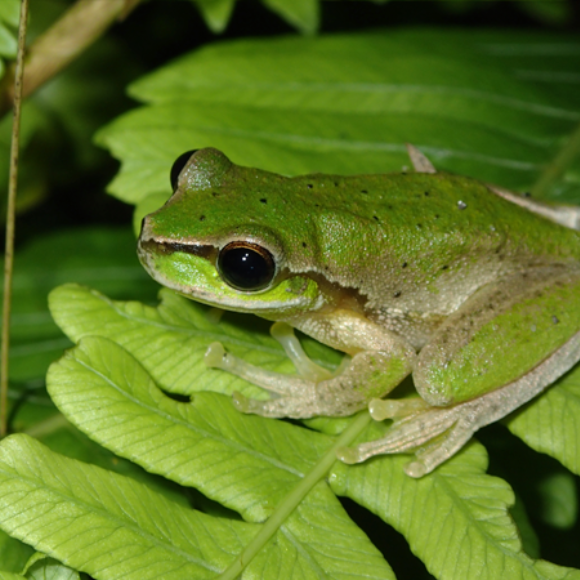
Australia’s frogs are in trouble, so a new citizen science project has been launched in an effort to help researchers find out why.
Most frog species in eastern Australia are inactive at this time of year, yet biologists are receiving thousands of reports of dead or dying frogs in backyards, or frogs being out in the daytime in winter.
The Australian Museum and Australian Registry of Wildlife – Taronga Conservation Society Australia are leading the response to this event alongside government biosecurity and environment agencies and they urgently need our help so they can determine the scale of the mortality event, make a diagnosis, and understand the impacts on frog populations.
Unfortunately, the phenomenon is not new, as it happened around this time last year. At the time, the Australian Museum’s Amphibian & Reptile Curator, Dr Jodi Rowley, mentioned it in a radio interview and soon found herself inundated with emails and even frozen dead frogs, from around the country.
Distressing as it was, it enabled Rowley and her fellow scientists to get a clearer picture of the magnitude of and potential reasons behind the situation.
“Right from the very first frog deaths last year, our number one suspect has been the amphibian chytrid fungus (Batrachochytrium dendrobatidis)”, Rowley said this week.
“This pathogen is a known frog killer, responsible for causing frog population declines and species extinctions around the world, including in Australia.
“The fungus attacks the skin of frogs, which is their Achilles heel – frogs use their skin to breathe, drink and control electrolytes.”
Deaths of frogs due to this pathogen are often at cooler temperatures, which is why we are seeing it now, over the winter months.
If you find a sick or dead frog, email your observation (including photos and location information, if possible) to the Australian Museum’s FrogID* team at calls@frogid.net.au.
For the intrepid citizen scientist who is prepared to package and post off any specimens, the team asks that you wear a new pair of disposable gloves (or new plastic bags) for each frog and wash hands thoroughly after handling to avoid any potential spread of disease. It is important that a clean pair of gloves and separate bags are used for each frog.
Sick frogs typically need urgent veterinary care, but it can be difficult to tell when a frog is sick. If you are unsure, contact the Australian Museum’s FrogID team at calls@frogid.net.au and they will help you assess the frog and connect you to a local vet who has the necessary information to test/treat sick frogs.
*FrogID is the Australian Museum’s flagship citizen science project that is helping us all learn more about where frogs are distributed and what is happening to our frogs. Download the free FrogID app to help understand what impact this mortality event is having on Australia’s frog populations now and into the future.

